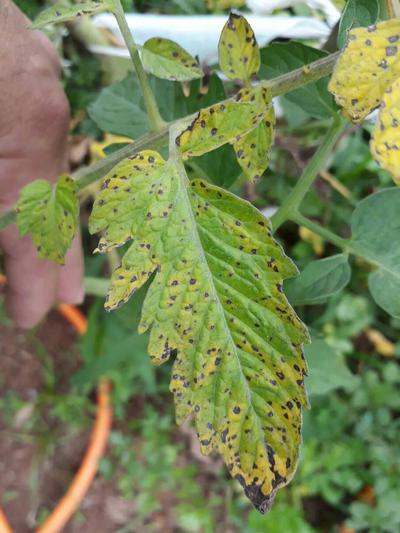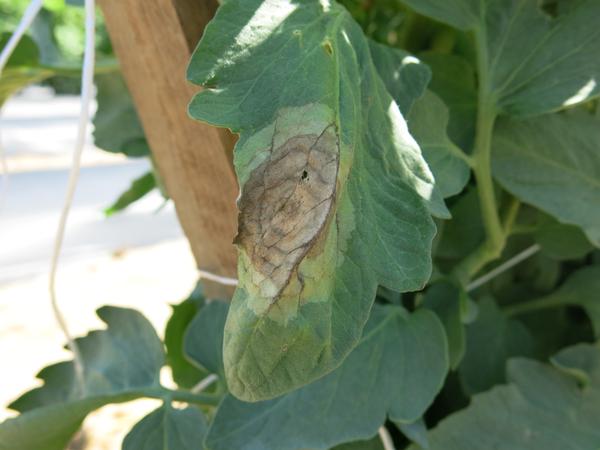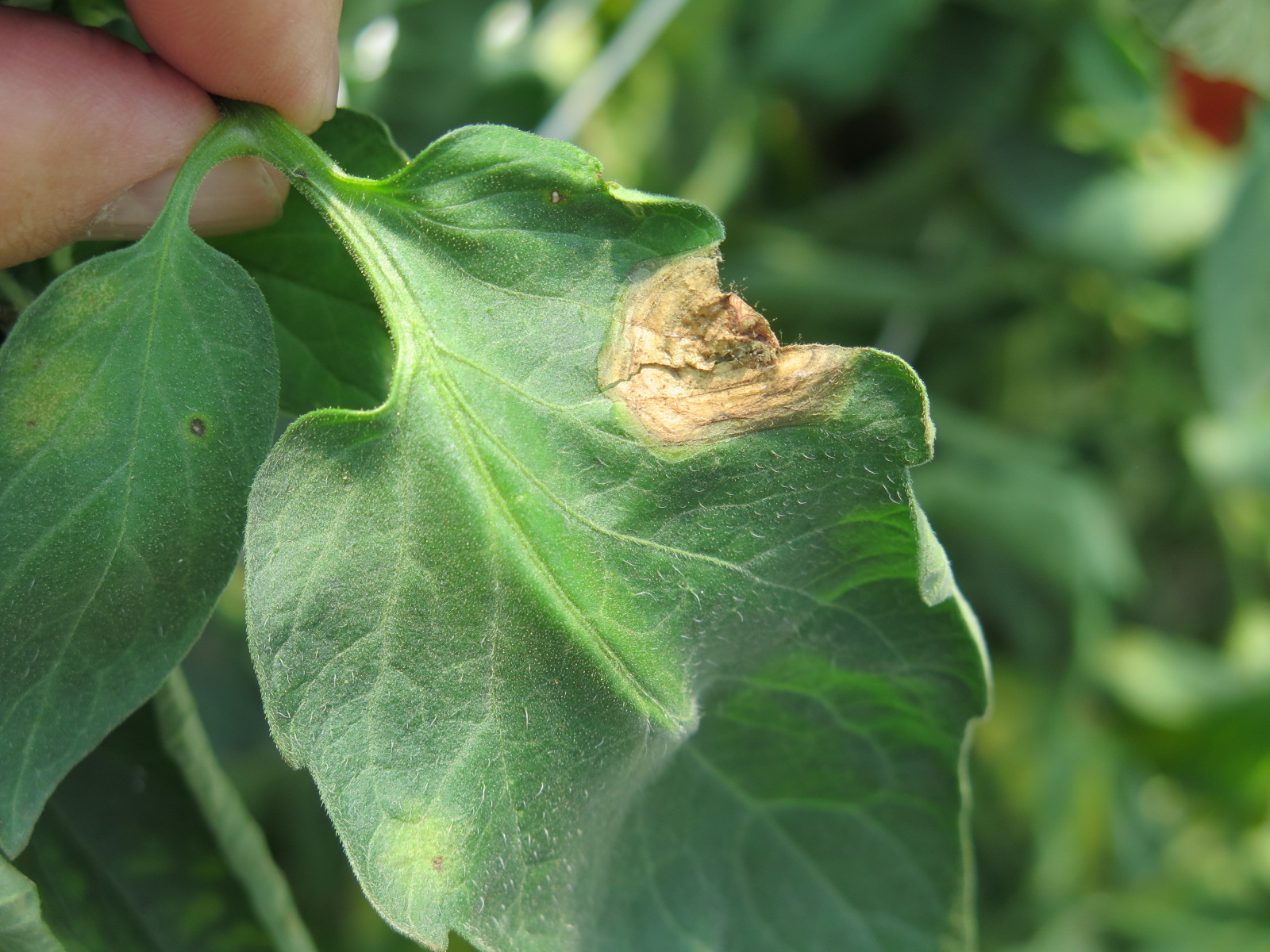
Tomate
How to recognize and combat aphids on tomatoes
Aphid
Insect
Type:
Risk to the plant:
HIGH
Myzus Persicae, Aphis Gossypii, Macrosiphum Euphorbiae, Aulacorthum Solani
Pathogen:
Pulgones
:strip_icc()/Tomato-Pests-and-How-to-Get-Rid-of-Them-Aphids-1240757332-ee4e1a4311004964a61c3878054935d3.jpg)
WHO CAUSES IT?
The aphids Myzus persicae, Aphis gossypii, Macrosiphum euphorbiae and Aulacorthum solani are small insects, generally 1 to 3 mm in length, which can be green, black, yellow or pink, depending on the species and its stage of development. These insects have a complex life cycle that includes sexual and asexual phases. Parthenogenetic (asexual) females can give birth to live young without mating, allowing rapid multiplication under favorable conditions. These offspring can be winged or wingless (wingless), and the winged forms facilitate dispersal to new host plants. In unfavorable times, aphids can produce sexual forms that mate and lay cold-resistant eggs, ensuring the survival of the species during the winter. The ability of these insects to reproduce rapidly and their ability to adapt to diverse environments makes them highly effective and difficult to control pests.
SYMPTOMS
In tomatoes, aphid infestation causes a series of symptoms that affect both the health of the plant and the quality of the fruits. Aphids feed by sucking plant sap, which weakens growth and can transmit viral diseases. Furthermore, the presence of aphids is usually accompanied by the secretion of honeydew, a sticky substance that facilitates the growth of sooty mold fungi, affecting photosynthesis and the aesthetic appearance of the plant.
- Curled and deformed leaves
- Yellow Taches and necrosis on the leaves
- Reduction of plant growth
- Presence of honeydew on leaves and stems
- Development of sooty mold fungi on molasses
- Transmission of phytopathogenic viruses
- Decrease in fruit quality and yield
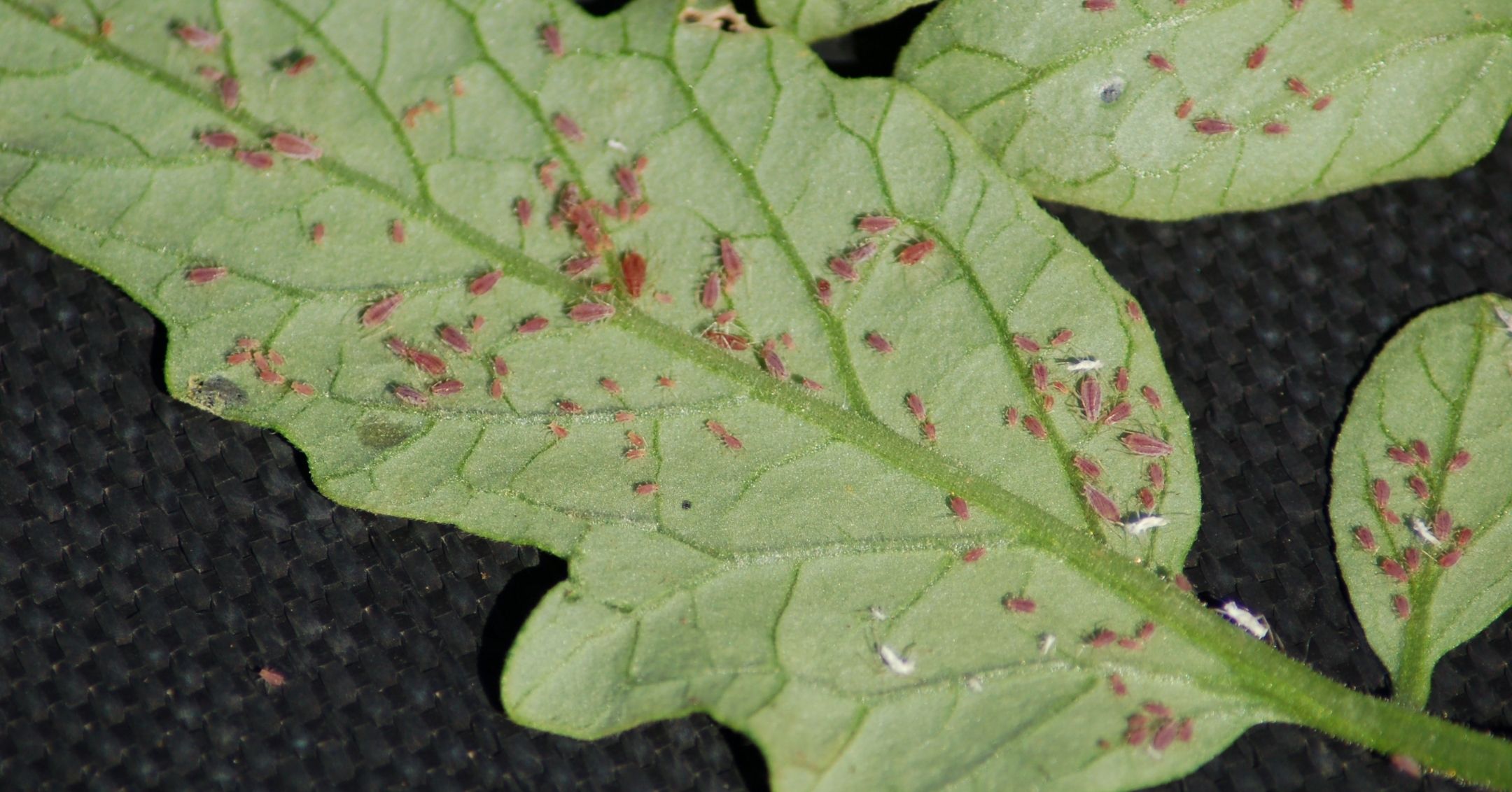
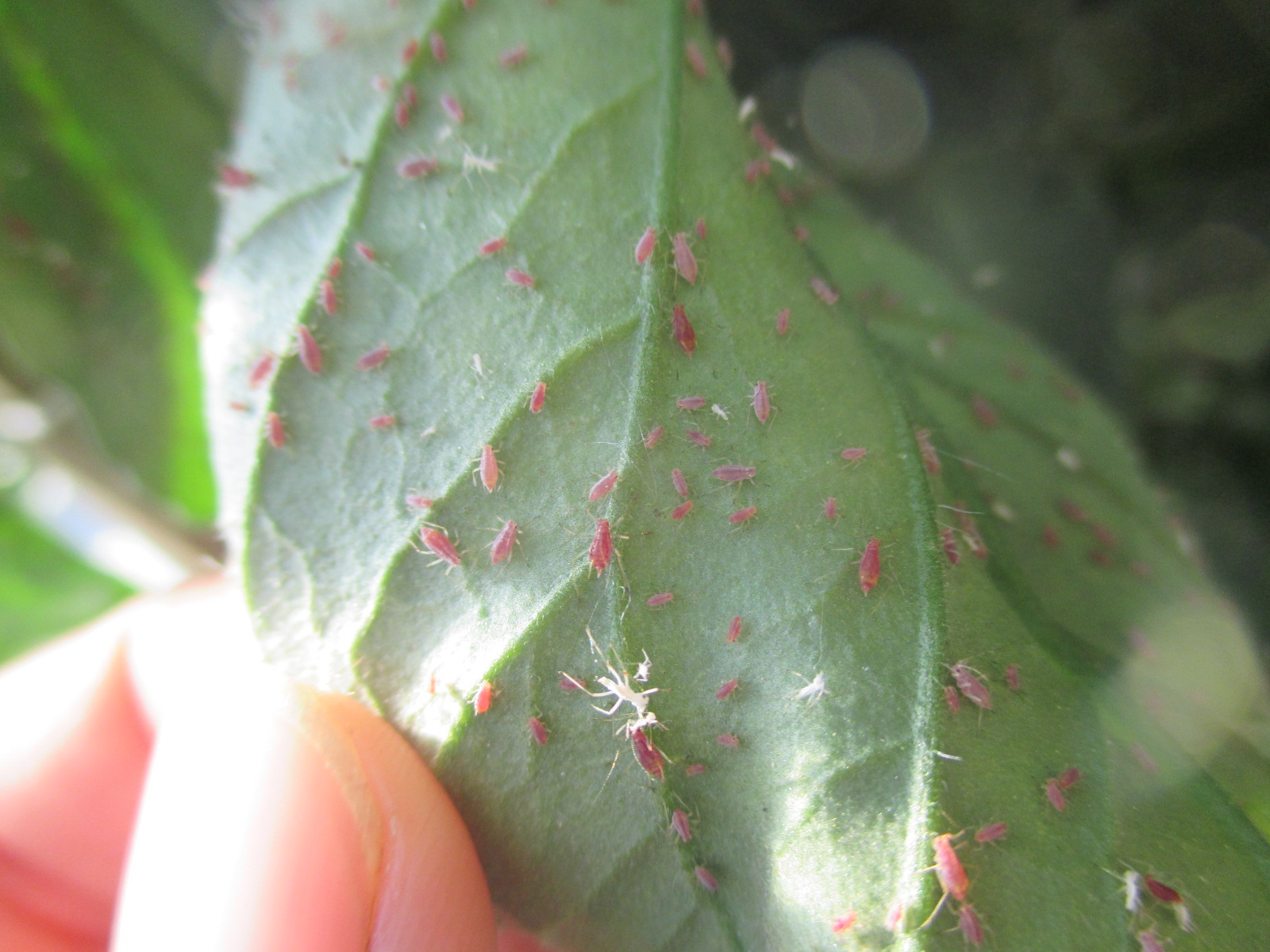
DEVELOPMENT CONDITIONS
Temperature:
20-28°C
Humidity:
65-85%
HOW IS IT SPREAD?
Direct contact between plants, contaminated tools, workers, wind, winged vector insects
HOW TO ELIMINATE IT?
Home treatments
Natural allies
Chemical treatments
There are no treatments for this disease. Treatments are directed at the insect vectors that transmit it. See insect treatments.
RECOMMENDED PRODUCTS TO ELIMINATE THE PEST
REPELLENT PLANTS
Mint, Onion, Nasturtium, Calendula
RECOMMENDATIONS
- Check your plants frequently, especially new shoots.
- Place aromatic plants such as mint or basil nearby: they can scare away aphids.
- Water well and take care of the plant so that it is strong and better resists pests.
- If you see few aphids, remove them with your fingers or with pressurized water.
- You can release or attract predatory insects such as ladybugs, lacewings or hoverflies.
- Use potassium soap or neutral soap diluted in water and Neem oil to spray the plant.
- Avoid excess fertilizer with a lot of nitrogen, it favors the appearance of aphids.




